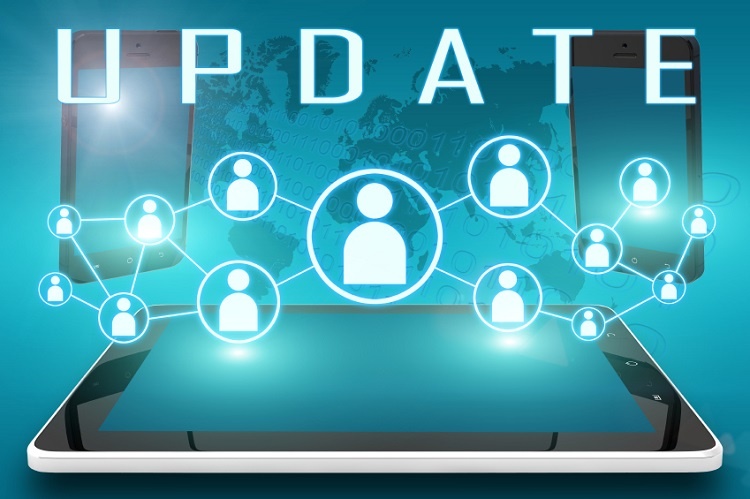4 Ways to Test Your Business Communication Plans

Emergency communication planning has become a key element of many businesses, but having a plan does not necessarily mean you are prepared for the next big crisis. When was the last time you truly assessed your business communication plan?
For quick and effective response during an emergency, you should be testing your business communication plans on a regular basis, as well as any time there is a significant change in your company. This might include newly-hired departmental heads or executives, business expansion or the use of new technology platforms.
Of course, there are several ways to ensure that a crisis communication plan is up to date and performing as intended.
Here, we look at four ways to test your organization’s business communication plan and make sure they are getting the right message across:
1.) Holding Tabletop Exercises
One of the best ways to determine if your plans work is to run through them, in their entirety. In a tabletop exercise, you guide all stakeholders through mock disaster scenarios and have them act out, or read through, their roles in the response. This helps to identify gaps in the plan and to effectively delegate responsibilities. Plus, regular tabletop exercises re-familiarize your stakeholders with the communication plan, so it is fresher in their memories. In 2015, an IBM study showed that organizations with a trained incident response team saved $12.60 per record in the case of a data breach.
2.) Conducting a S.M.A.R.T. Test
Either before or after your tabletop exercise, you can also conduct a “S.M.A.R.T.” test to determine whether your objectives meet the following criteria: specific, measurable, achievable, realistic and time-focused. Considering all the types of potential crises that your organization faces, be sure you are establishing communication plans that are going to actually achieve your goals. As your business communication plans evolve, revisit the S.M.A.R.T. criteria regularly as a reference point to ensure that you are still on the right path.
3.) Comparing Your Plan Against Best Practices
Consider how other businesses within your industry handle the types of crises that you might face. Look at how they handled communication during these emergencies, the roles of stakeholders and the length of time it took them to recover. Think about how you might apply these best practices (and lessons learned) to your own crisis plans. Never miss the opportunity to learn from the mistakes and successes of other organizations.
4.) Conducting a Full Audit
It can also be extremely helpful to completely audit your crisis plans, especially if they haven’t been updated in a while or if there have been significant changes within your organization.
An audit should include the following key points:
- Vulnerability Assessment: Examine whether new vulnerabilities have emerged and if threats have evolved.
- Technology Assessment: Consider whether the systems you are using to store, disseminate and update your communication plans are truly effective. If not, look for newer alternatives that get the job done.
- Communication Assessment: Your plan should have clearly-defined stakeholders and use effective communication channels. When possible, ensure you have pre-drafted, pre-approved crisis communications documents to ensure quick response during an emergency.
- Training Assessment: Finally, how prepared are your employees for an emergency situation? Do you train them regularly and keep them updated as your plans change? If not, now is the time to institute a regular training initiative.
When was the last time you fully tested your business communication plans? Do you feel your organization would be prepared if a crisis struck tomorrow?










